by Judy Gonyeau
Apothecary Jars and Glass Containers
Apothecary jars or bottles were designed to hold powders, dry goods, medicines, and herbs. These were produced in the Midwestern and Eastern states between 1790-1920, and generally ranged in size between 4”-12” tall. Each bottle had some form of a lid, mainly glass-ground stoppers that kept them securely in place. These stoppers could be as wide as 3”-4”.
Earlier examples have pontil scars and are missing a glass covering used to protect the label. Prior to the covering, labels were painted directly onto the glass with gold and black paint that could be quite elaborate. The glass covering would sometimes feature a reverse-painted frame to draw attention to the label.
A few of the rarer types of apothecary jars have color such as transparent blues, rich greens, and opaque white for earlier bottles. If you are able to find a semi- or complete set of jars, so much the better. In the world of bottle collecting, these are sometimes called “Label Under Glass” style, that includes other examples such as barbers, whiskeys, and colognes. Apothecary jars can be very affordable, but have been gaining in popularity of late so you may want to check them out as a collectible.
Wood shipping, storage boxes, and barrels were often built to last – not only for holding those fragile products that needed to be packed in a rigid structure, but they were often re-used for advertising and display purposes.
When things were being delivered over land by horse and carriage or even by rail, a smooth ride was not yet ensured by the shipper. Luckily, wood was in abundance and crates and barrels were designed to hold anything and everything in a variety of sizes and strengths. While the name of the company would be stenciled exterior, at first the box was often recycled or thrown out once the product was in the store and transferred into other storage container or placed on display. Soon enough lithographed paper product information was secured to the wood containers and were then used by the shopkeeper to show the “benefits” or sales points of its contents.
Because bartering was a main method of payment at General Stores, wood and carpentry were often used in lieu of cash and storage/displays would be built right into the walls of the store, often expanding 20-30 feet in length and ready to hold the many decorative boxes and bright packaging to entice the buyer.
Tins were used for storing products starting in the 1800s because they would have air-tight seals for items such as powders, spices, teas, and coffee. Larger painted tins would hold these items at shops to show their availability and to keep things fresh.
By the 1870s, offset lithography and transfer printing meant advertising at the point-of-purchase became bolder and brighter to attract the shopper’s eye. And, because tin was so easily manipulated, sizes and shapes were easily adapted to meet the needs of the shopkeeper and the consumer, and could be used over and over again.
While tin containers were designed to handle several commodities, tin litho candy pails with covers caught the imagination of the youngest shoppers as they looked at the graphics depicting favorite children’s stories characters. These tins can range in price from $50 to $350 depending on theme and condition.
Overall, prices for tins vary greatly, but there is something for every person’s budget. The older and rarer the tin, but more valuable it will be, with advertising tins from unknown companies commanding higher prices. Beware of reproductions if you are looking for a true antique. Expect to see paint loss, dents, rust, and overall signs of use. This does not always detract from overall value, but shows as a history of use and that is a good thing.
Feed sacks came into use after farmers created sacks to put over the back of a horse to bring their harvest to a mill to be ground into flour. Early bags were made from hand-spun yarn and were often stamped with either the name of the farmer or the mill where they brought their grain. Thanks to the invention of the sewing machine and improvements in fabric construction, sacks began to be substituted for wood barrels because they were much more cost effective and easier to handle.
At first the cotton bags were made to hold as much as wooden barrels – 196 pounds for a full barrel size or 49 pounds for a half barrel. In the early 1900s, smaller bags started to be in-demand for consumers to purchase their supplies without opening the bag.
After the sacks were empty, they would often be used as rags, rough toweling, or even for clothing, bed sheets, and curtains. As bag manufacturers realized women in rural areas were recycling the bags, they offered them in a wide variety of fabrics. The “Gingham Girl” made her appearance around 1925. Making clothes from the bags was most useful in the time following the Great Depression, from the 1930s to the 1950s.
Today these bags are collected as decoration or recycled into “reuseable” bags and such. Prices range from a few dollars for plain bags up to $75+ for more intricate fabric designs or known manufacturer names.

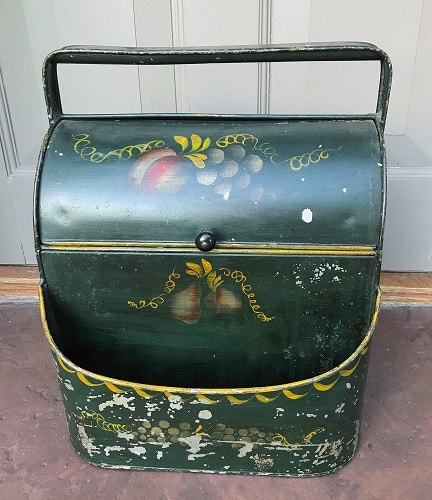
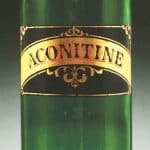


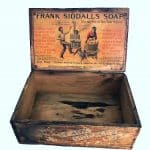

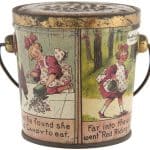
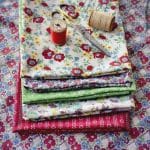




Related posts: